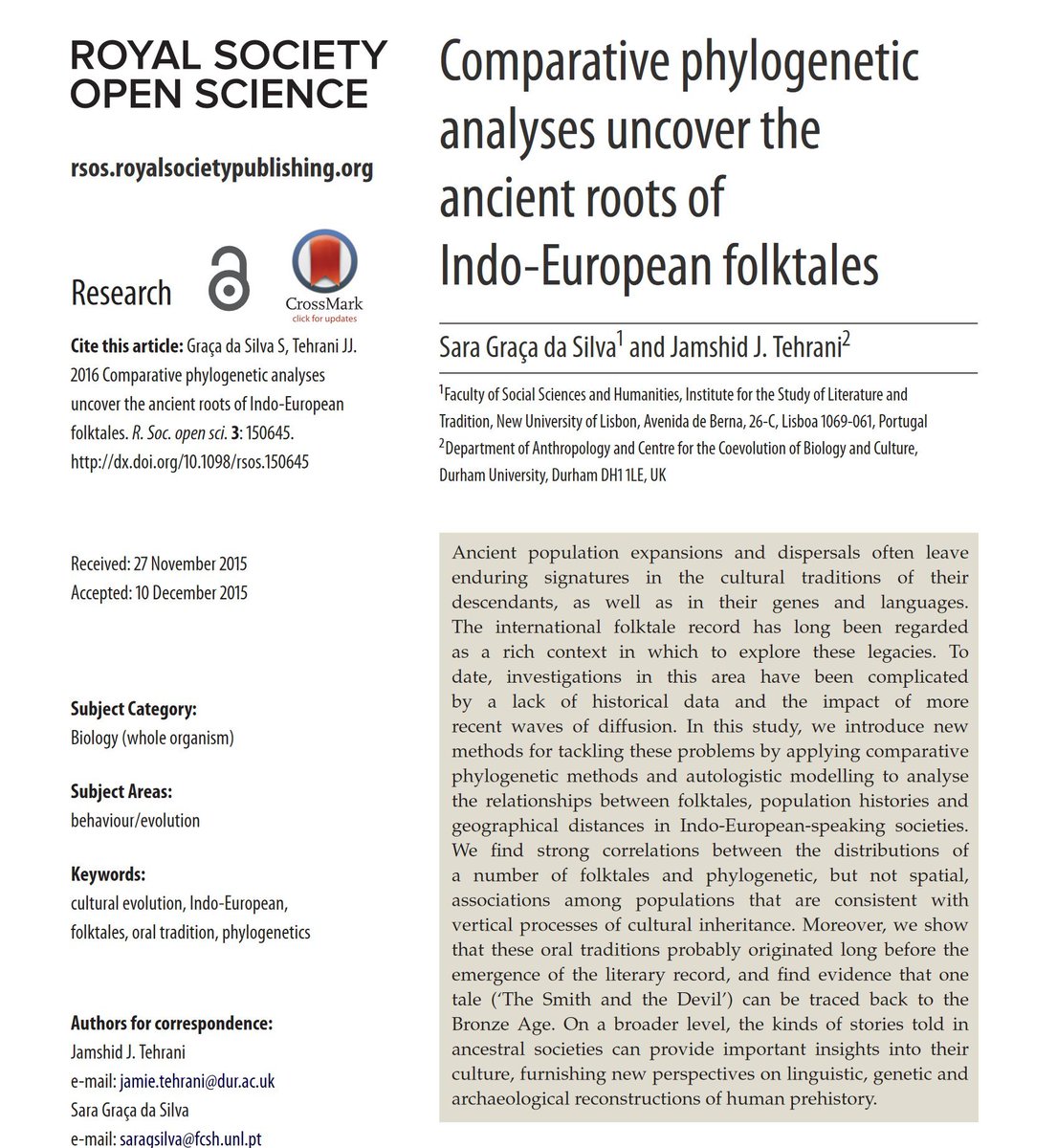
You've seen new optical illusions on Twitter. You may not know that they are windows into our brain. 1/
This square is not rotating! This illusion by Caplovitz & Harrison shows how our brains create the perception of motion by integrating tiny movement. weforum.org/agenda/2016/07…
This square is not rotating! This illusion by Caplovitz & Harrison shows how our brains create the perception of motion by integrating tiny movement. weforum.org/agenda/2016/07…
The Perpetual Diamond developed by Flynn & @agshapiro2 never moves. The illusion shows that our brains pay more attention to the edges of objects than its center to infer motion. More in their article: 2/ journals.sagepub.com/doi/full/10.11…
All of the lines in this illusion have the same gentle curve - really! The curvature blindness illusion by Takahashi suggests that our visual system defaults to seeing edges, given a lack of other information: 3/ journals.sagepub.com/doi/10.1177/20… 

This illusion is particularly impressive as it tricks your body, not just your brain. Your pupils actually contract when you see it, reacting to what your visual circuitry thinks is a bright light & showing how the brain perceives brightness. Paper here: 4 pnas.org/content/pnas/1… 

• • •
Missing some Tweet in this thread? You can try to
force a refresh























